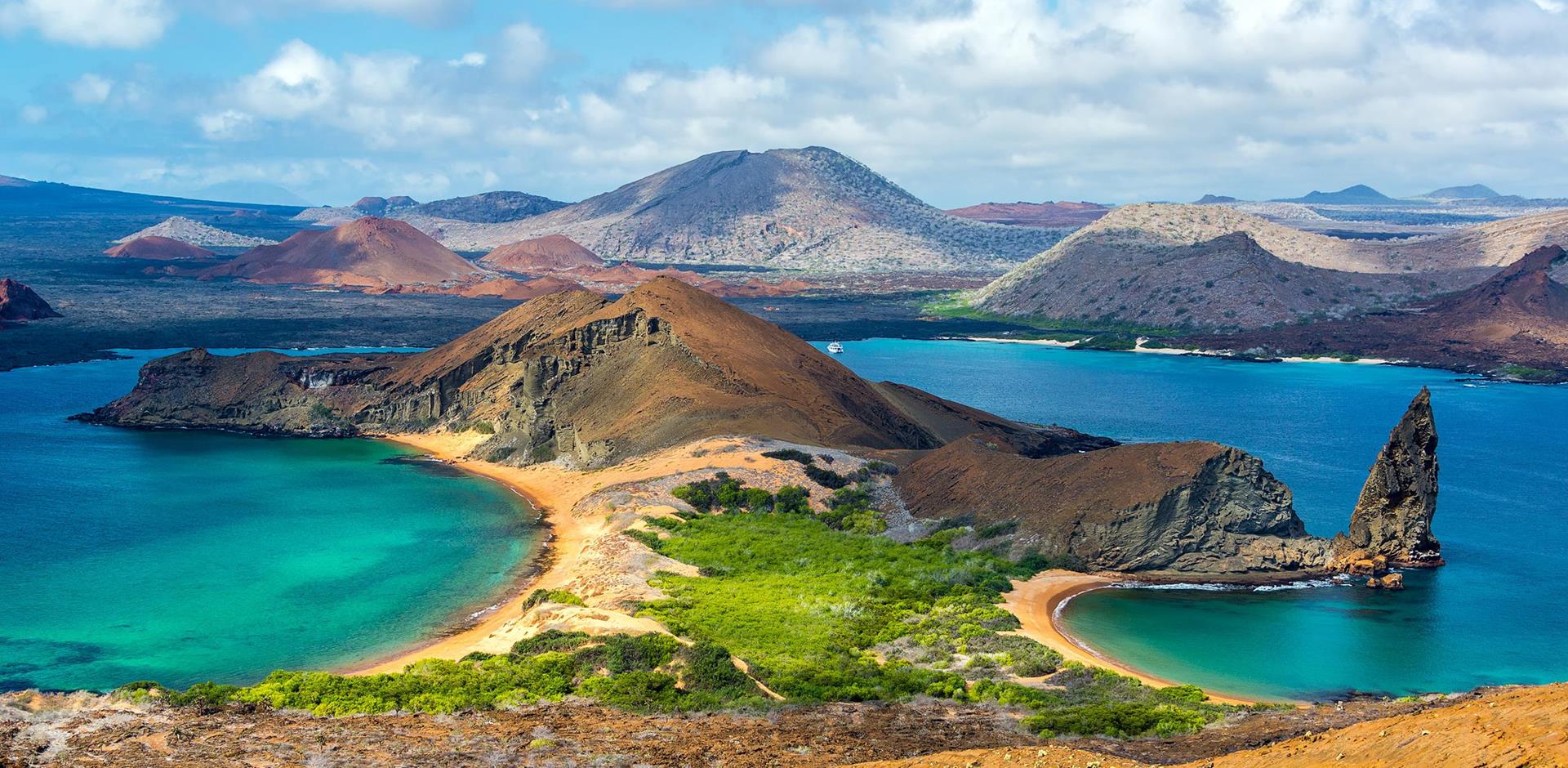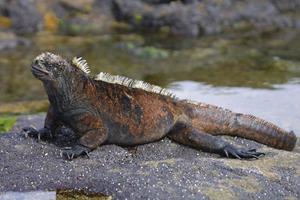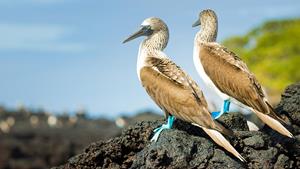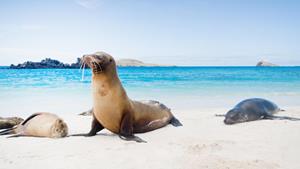Best time to visit the Galápagos

When to go to the Galápagos
- January
- February
- March
- April - May
- June - July
- August
- September
- October
- November - December
- January
Visiting the Galápagos in January

Visit Española Island to see land birds building their nests and marine iguana displaying their bright colours. You'll also be in with a chance of seeing sea turtle laying their eggs on shore.
January is the beginning of the rainy season in the Galápagos, with both water and air temperatures rising and staying warm until June. This is an ideal time for snorkelling.
- February
- March
- April - May
- June - July
- August
- September
- October
- November - December
- Holiday ideas
- Experiences
- Accommodation
- Holiday ideas
Epic Ecuador
Ecuador delivers exceptional experiences from the capital city and its cultural highlights to Andean volcanoes and beautiful beaches
Rainforest, Amazon & Galápagos
Experience extraordinary biodiversity and fascinating local traditions on this tailor-made Amazon holiday
Classic Ecuador & the Galápagos
From the cobbled streets of Quito to the extraordinary Galápagos Islands, spectacular treasures await on this Ecuador tour
The Inca Empire & The Enchanted Islands
Led by your very own Peru guide, this trip covers a lot of incredible ground
Galápagos Wildlife Adventure 2024
From family fun to in-depth observation, search for the unique species, which inhabit the Galápagos Islands. Uncover their habitats on boating excursions, guided hikes, and other exciting activities
Wonders of the Galápagos & Machu Picchu 2024
Witness the wonders of Ecuador and Peru, including a four-night cruise in the Galápagos Islands, a village visit in the Sacred Valley and a tour of Machu Picchu
- Experiences
- Accommodation
Still looking for inspiration?
We have a huge range of destinations, experiences and hotel options available.
Learn more about our luxury tailor-made holidays and unparalleled escorted tours to Galápagos Islands


 August is pupping season for the islands' sea lion population, and it's also when giant tortoise return to the highlands. Nazca (masked) boobies and swallow-tailed gulls begin nesting, and Galápagos hawks start their courtship rituals.
August is pupping season for the islands' sea lion population, and it's also when giant tortoise return to the highlands. Nazca (masked) boobies and swallow-tailed gulls begin nesting, and Galápagos hawks start their courtship rituals.